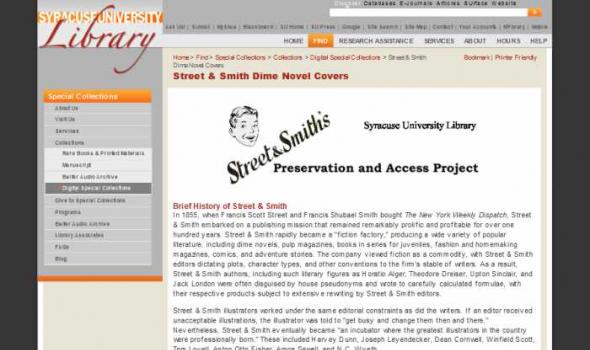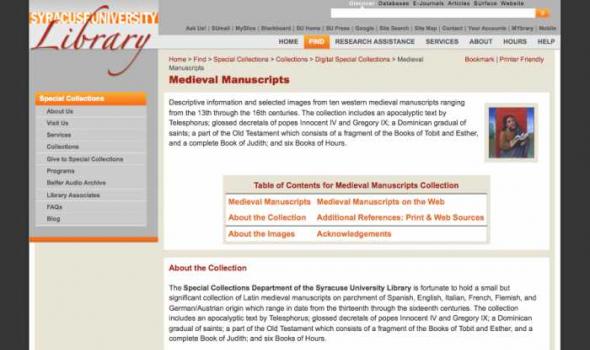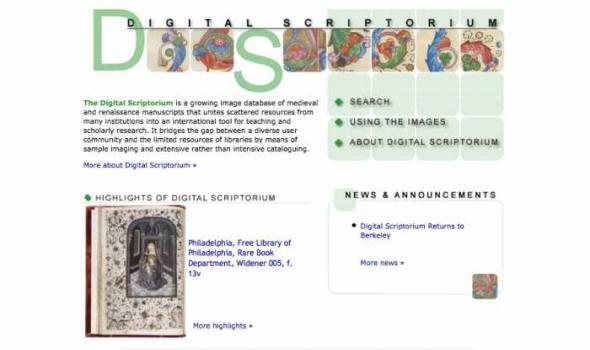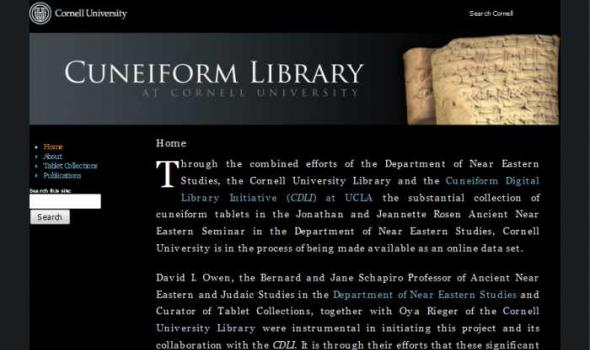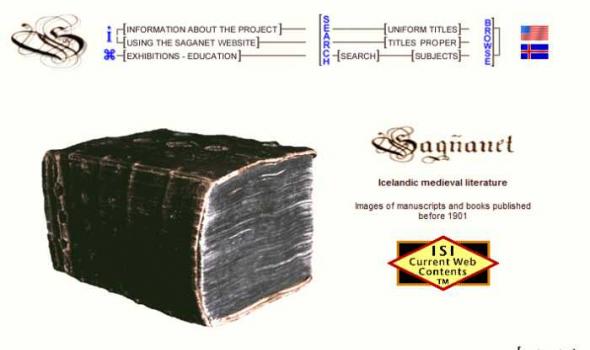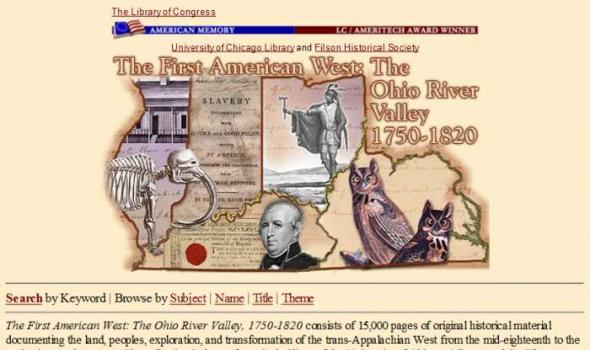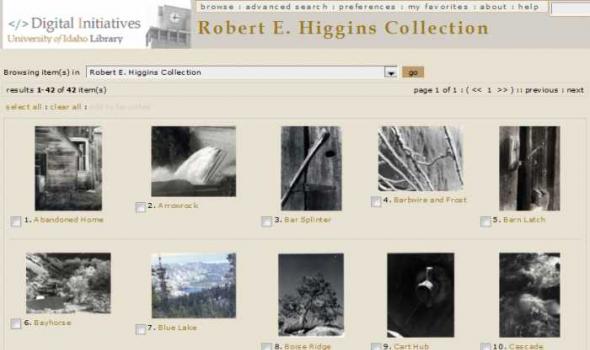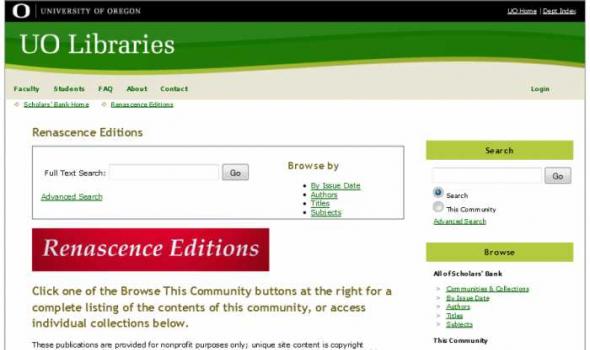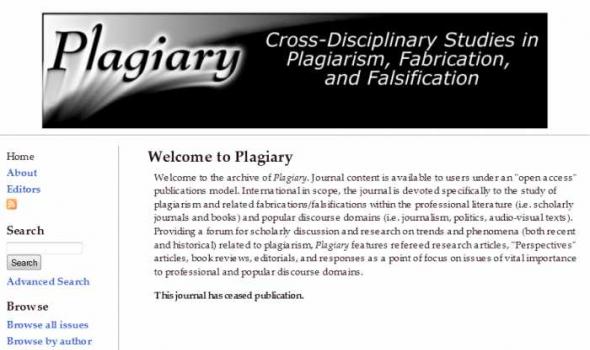Category: Literature & Poetry, Image, New York
Results
About the Morgan | Introduction A complex of buildings in the heart of New York City, The Morgan Library & Museum began as the private library of financier Pierpont Morgan (1837–1913), one of the preeminent collectors and cultural benefactors in the United States. As early as 1890 Morgan had begun to assemble a collection of illuminated, literary, and historical manuscripts, early printed books, and old master drawings and prints. Mr. Morgan's library, as it was known in his lifetime, was built between 1902 and 1906 adjacent to his New York residence at Madison Avenue and 36th Street. Designed by Charles McKim of the architectural firm McKim, Mead & White, the library was intended as something more than a repository of rare materials.
Street & Smith Dime Novel Covers Brief History of Street & Smith In 1855, when Francis Scott Street and Francis Shubael Smith bought The New York Weekly Dispatch , Street & Smith embarked on a publishing mission that remained remarkably prolific and profitable for over one hundred years. Street & Smith rapidly became a "fiction factory," producing a wide variety of popular literature, including dime novels, pulp magazines, books in series for juveniles, fashion and homemaking magazines, comics, and adventure stories. The company viewed fiction as a commodity, with Street & Smith editors dictating plots, character types, and other conventions to the firm's stable of writers.
Medieval Manuscripts Descriptive information and selected images from ten western medieval manuscripts ranging from the 13th through the 16th centuries. The collection includes an apocalyptic text by Telesphorus; glossed decretals of popes Innocent IV and Gregory IX; a Dominican gradual of saints; a part of the Old Testament which consists of a fragment of the Books of Tobit and Esther, and a complete Book of Judith; and six Books of Hours. About the Collection The Special Collections Department of the Syracuse University Library is fortunate to hold a small but significant collection of Latin medieval manuscripts on parchment of Spanish, English, Italian, French, Flemish, and German/Austrian origin which range in date from the thirteenth through the sixteenth centuries.
This site presents digital reproductions of images from the University Archives and from rare books and manuscripts held by the Cornell University Library. The images are delivered via Luna Insight® image browser . Please adjust your browser to allow pop-up windows before attempting to launch the collection. If you continue to experience technical difficulties, please report your problem to vrhelp-l@cornell.edu . For reference questions, please complete our reference form . For questions or comments about this website, send E-mail to rmcweb@cornell.edu .
APIS is a collections-based repository hosting information about and images of papyrological materials (e.g. papyri, ostraca, wood tablets, etc) located in collections around the world. It contains physical descriptions and bibliographic information about the papyri and other written materials, as well as digital images and English translations of many of these texts. When possible, links are also provided to the original language texts (e.g. through the Duke Data Bank of Documentary Papyri). The user can move back and forth among text, translation, bibliography, description, and image.
The Digital Scriptorium is a growing image database of medieval and renaissance manuscripts that unites scattered resources from many institutions into an international tool for teaching and scholarly research. It bridges the gap between a diverse user community and the limited resources of libraries by means of sample imaging and extensive rather than intensive cataloguing.

